Reporter: Madam, nowadays, many people suffer from strokes even when they are young. You just said that creating neural tissue is very difficult. So what about brain cells, is it possible to regenerate brain cells using this method?
Professor Kristi Sue Anseth: We haven’t developed the research to that stage yet, but it’s a very interesting topic. We’re also in the process of decoding the wiring in the brain and there’s a research project that aims to design a biomaterial that can connect the nerves in the brain. But the process from the research lab to practical applications is going to take a long time, so I don’t think it’s going to be done in my generation, maybe my daughter’s generation.
Reporter: As a scientist who has spent decades researching a very difficult field, especially for women, how does the professor balance work and life?
Professor Kristi Sue Anseth: That’s a great question. When I first started my career, my supervisors were mostly men. I was one of the first female faculty members in my department. But I’ve seen that change, and now my department is about 50% female.
I am very excited about sharing with students, exchanging with ambassadors, or having programs on student or lecturer exchange... I welcome and am ready to cooperate with the Vietnamese side.
I think we need more female scientist role models to encourage women in general, that people need to see people who look like them and that they can be successful. That is why I really appreciate that VinFuture is so interested and emphasizes the role of women and their innovations, which is great in the field of science as well as the community. In the future, I hope to have more representation of female scientists.
Of course there are barriers, but there are also many incentives for female scientists. For example, my daughter wants to become a scientist and a bioengineer, so I want to create incentives for the next generation.
Professor Kristi Sue Anseth - Winner of the VinFuture 2024 Special Prize for female scientists.
Professor Kristi Sue Anseth - Winner of the VinFuture 2024 Special Prize for female scientists.
Reporter: In your speech after receiving the award, you thanked your husband and 17-year-old daughter. Can you share more about these two people – the source of motivation for you to develop your scientific research career?
Professor Kristi Sue Anseth: Well, to share a little bit with everyone, my husband is also a lecturer. We share a common interest in education, both in teaching and research programs. From there, we can support each other and share ideas.
As for my daughter, she is 17 years old this year, she is in her final year of high school before going to university. She has a lot of talents, and one of her talents and interests is science and engineering. I am very excited for the young generation of my daughter's age. Because now we see that in the world there are many problems that need to be solved, there will be a need for the presence of female scientists in this field. It is really important to bring that perspective and try to promote social progress. So when the VinFuture Prize focuses on and promotes the role of female scientists, I think that is a great vision to encourage the younger generations.
Reporter: Your research is very meaningful, it can save millions of lives and can help people become more complete. In the future, will your research direction change, and do you think about cooperating with scientists in Vietnam in developing regenerative muscle tissue?
Professor Kristi Sue Anseth: Of course we have made a lot of progress in the field of biomaterials, for example, being able to regenerate tissues and muscles in cases of disease or injury. But things are becoming more and more complex, for example, dealing with damage in the brain, or for subjects who need organ transplants, kidney transplants, the problem is becoming very complex. So we will need to think about collaboration.
In our discussions with scientists and researchers in Vietnam, we are very interested in building cell manufacturing facilities, which is an important part of the problem. Learning about tissue engineering approaches can be useful for people with cardiovascular disease or stroke - big problems in Vietnam.
There are many leaders in this field and I look forward to continuing our exchanges and research. In particular, Vietnam has a very young generation of scientists and engineers. Collaborating with them will help us solve some important problems, not only in Vietnam but also globally.
I think there are a lot of opportunities for collaboration in my field. For example, collaboration to integrate new biomaterials into existing drugs used to treat heart disease or stroke. Secondly, I have also learned about the core of patient cell banking. My field can help with cancer. The team in Vietnam can culture cancer cells to screen and develop personalized medicines, which are drugs based on the patient’s cells to treat cancer. I think there are a lot of opportunities for collaboration, some of which could have an immediate impact.
Professor Kristi Sue Anseth - Winner of the VinFuture 2024 Special Prize for female scientists.
Professor Kristi Sue Anseth - Winner of the VinFuture 2024 Special Prize for female scientists.
Reporter: And what do you find most impressive about the VinFuture Prize?
Professor Kristi Sue Anseth: This is a very prestigious, prestigious award, known globally. The scientists who won the award in previous years are also very famous and widely known scientists. I think that this award connects and attracts many scientists and experts from all over the world. Through this, we can see that Vietnam is becoming more and more known in the international community of scientists and researchers. We are all impressed and look forward to the opportunity to connect and participate in this network.
Reporter: From the connection of VinFuture, have you received any other cooperation invitations from Vietnam?
Professor Kristi Sue Anseth: Although I was busy with programs, events and scientific conferences, I also had the opportunity to visit Vinmec Hospital and research centers. I met 8 people and we also had initial discussions. We will continue this exchange.
Thank you Professor!
Publication date : December 13, 2024
Content: THAO LE - THIEN LAM
Presented by: DANG LUAN
Photo: THANH DAT - VINFUTURE
Source: https://nhandan.vn/toi-dang-co-mot-so-co-hoi-hop-tac-voi-viet-nam-ve-y-hoc-tai-tao-post849957.html


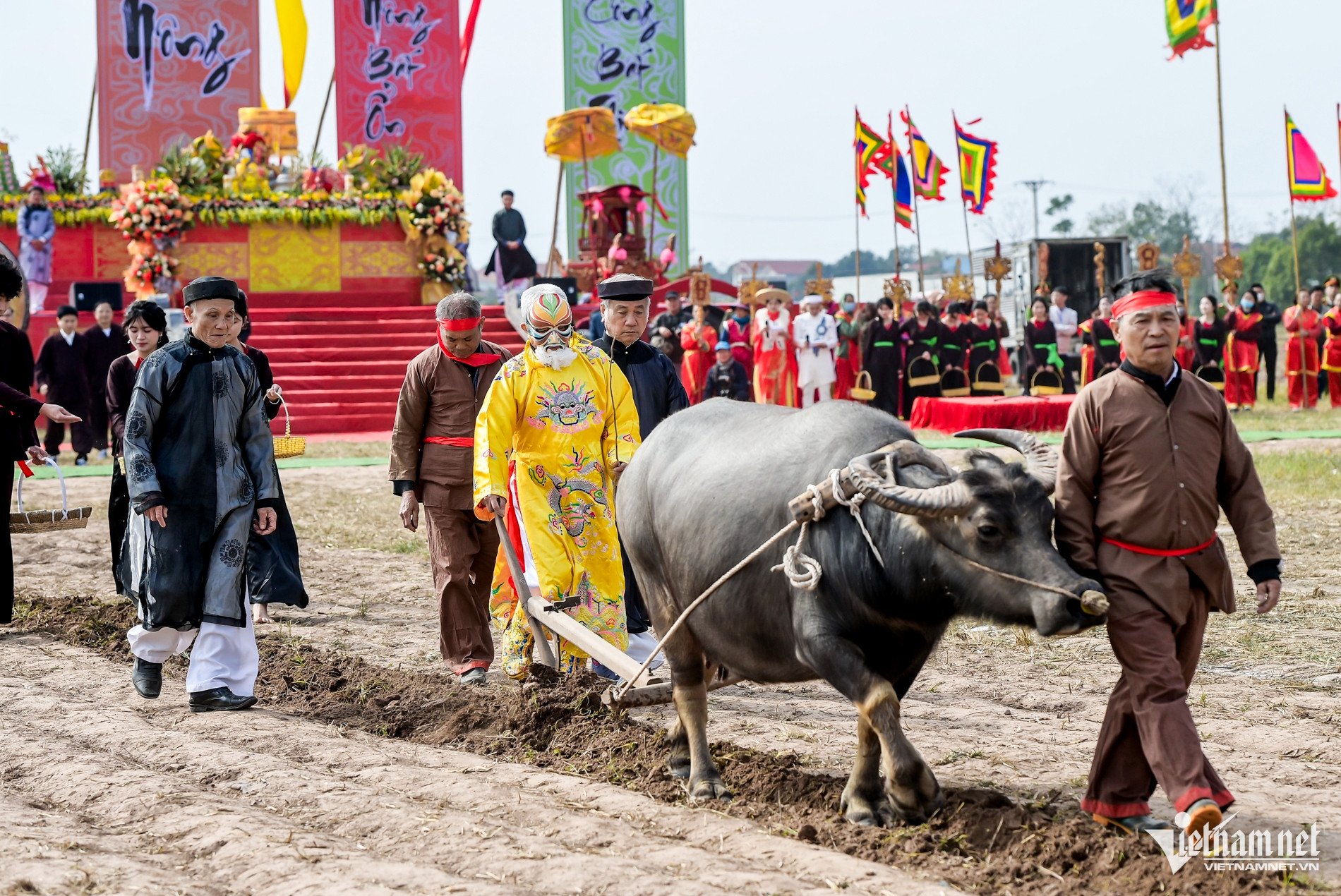

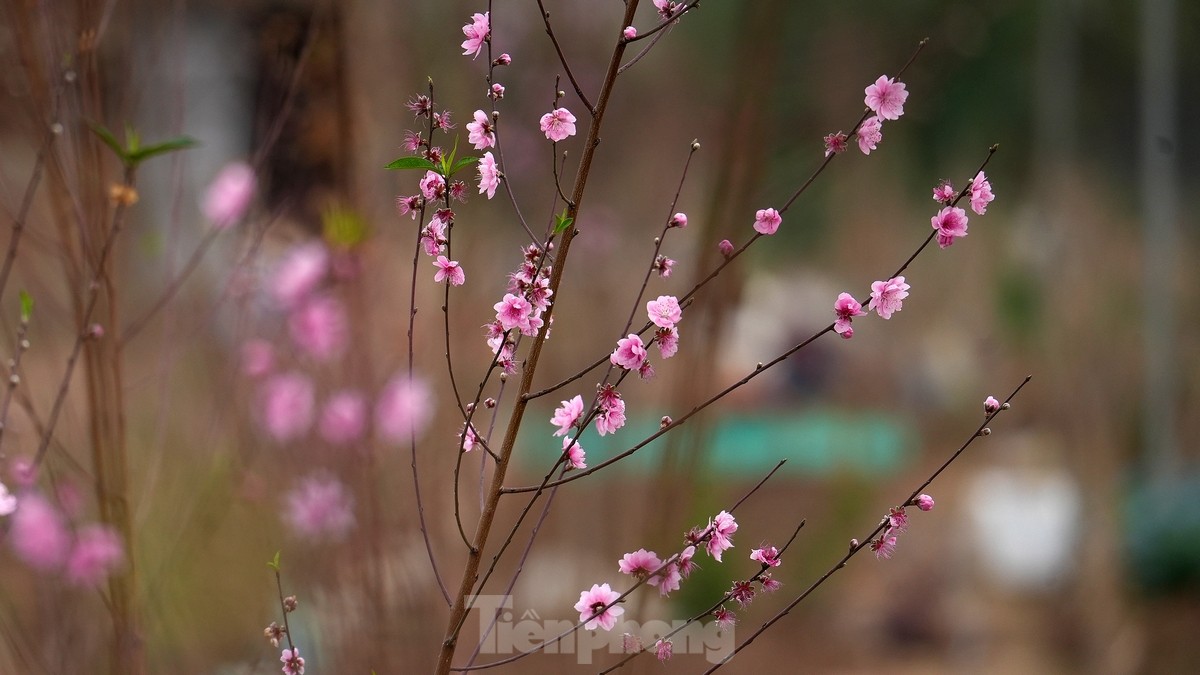
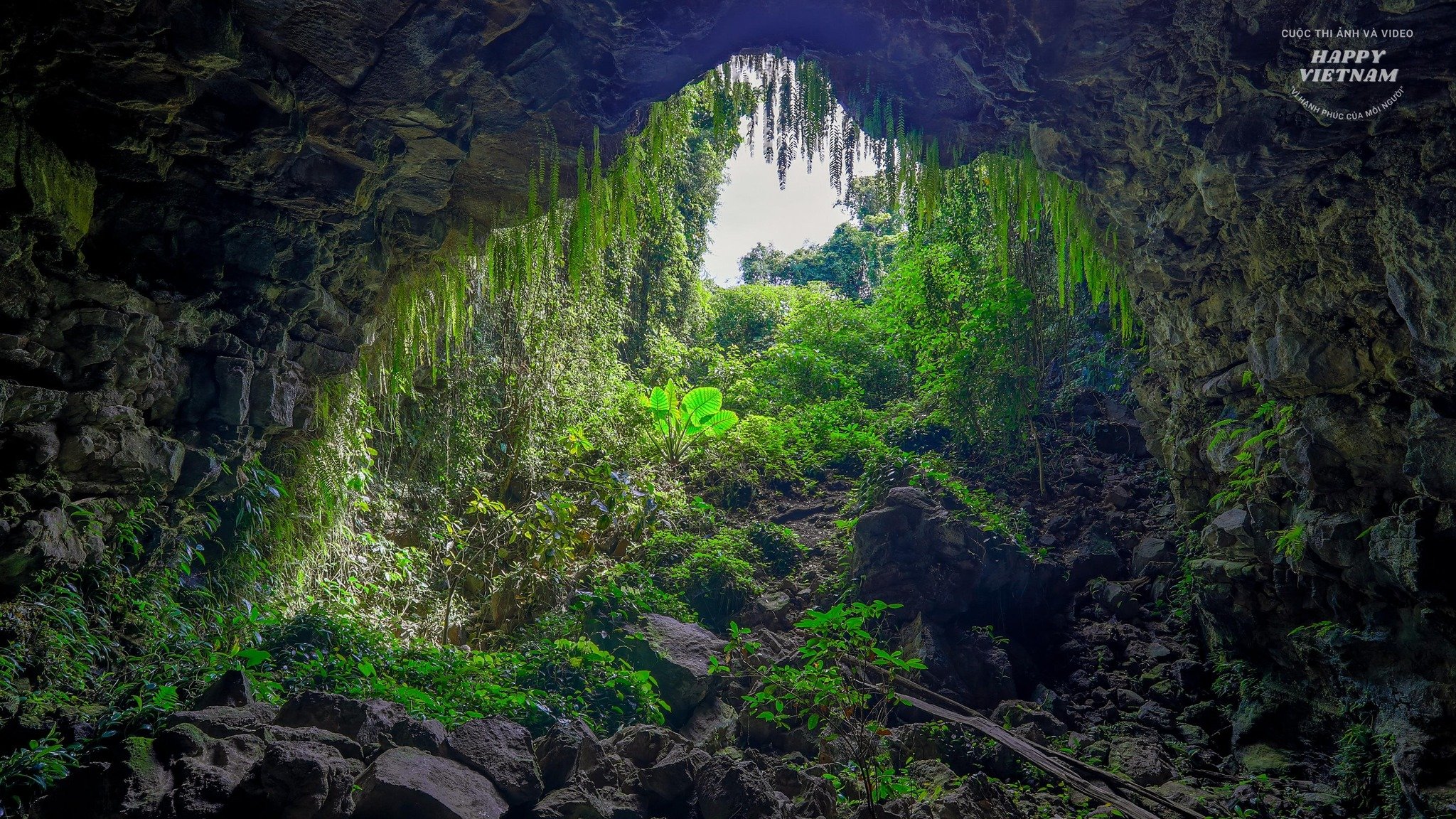
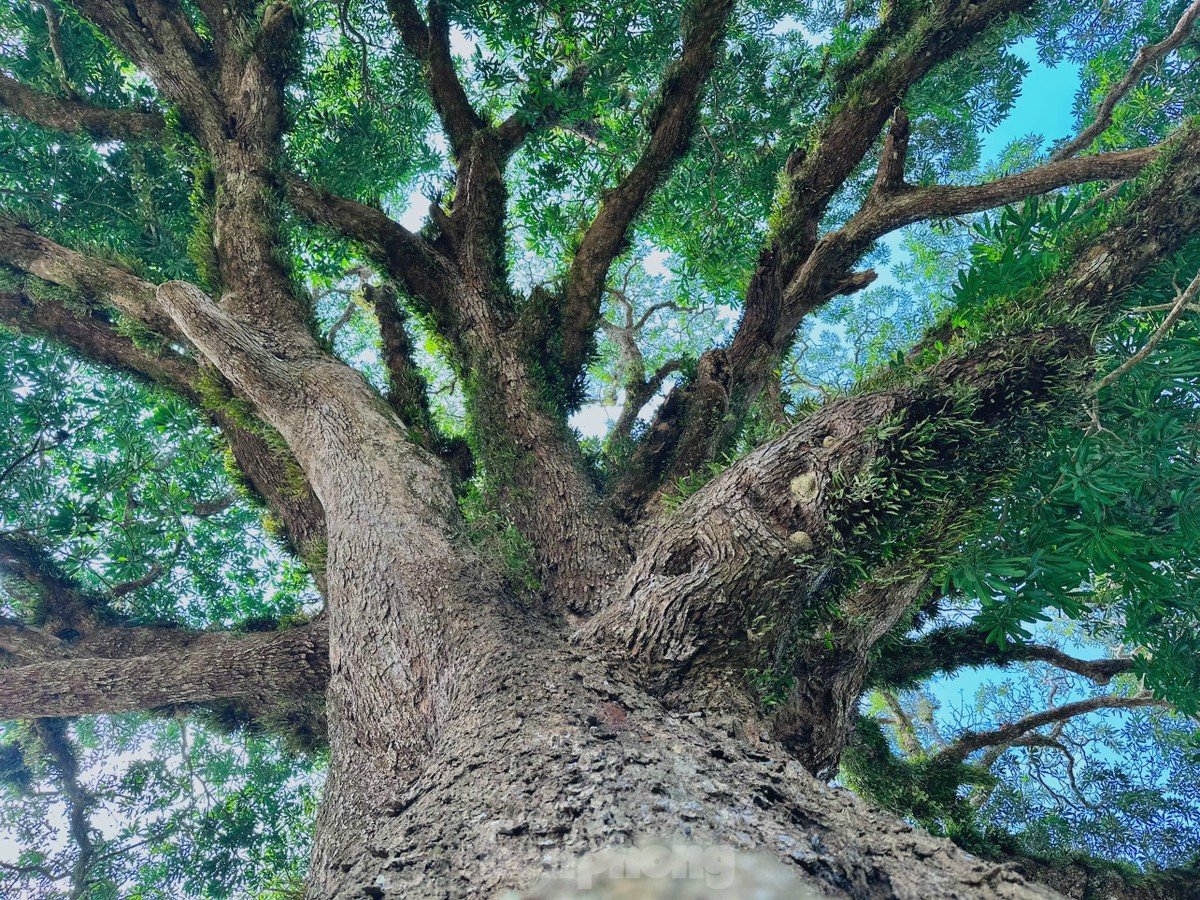
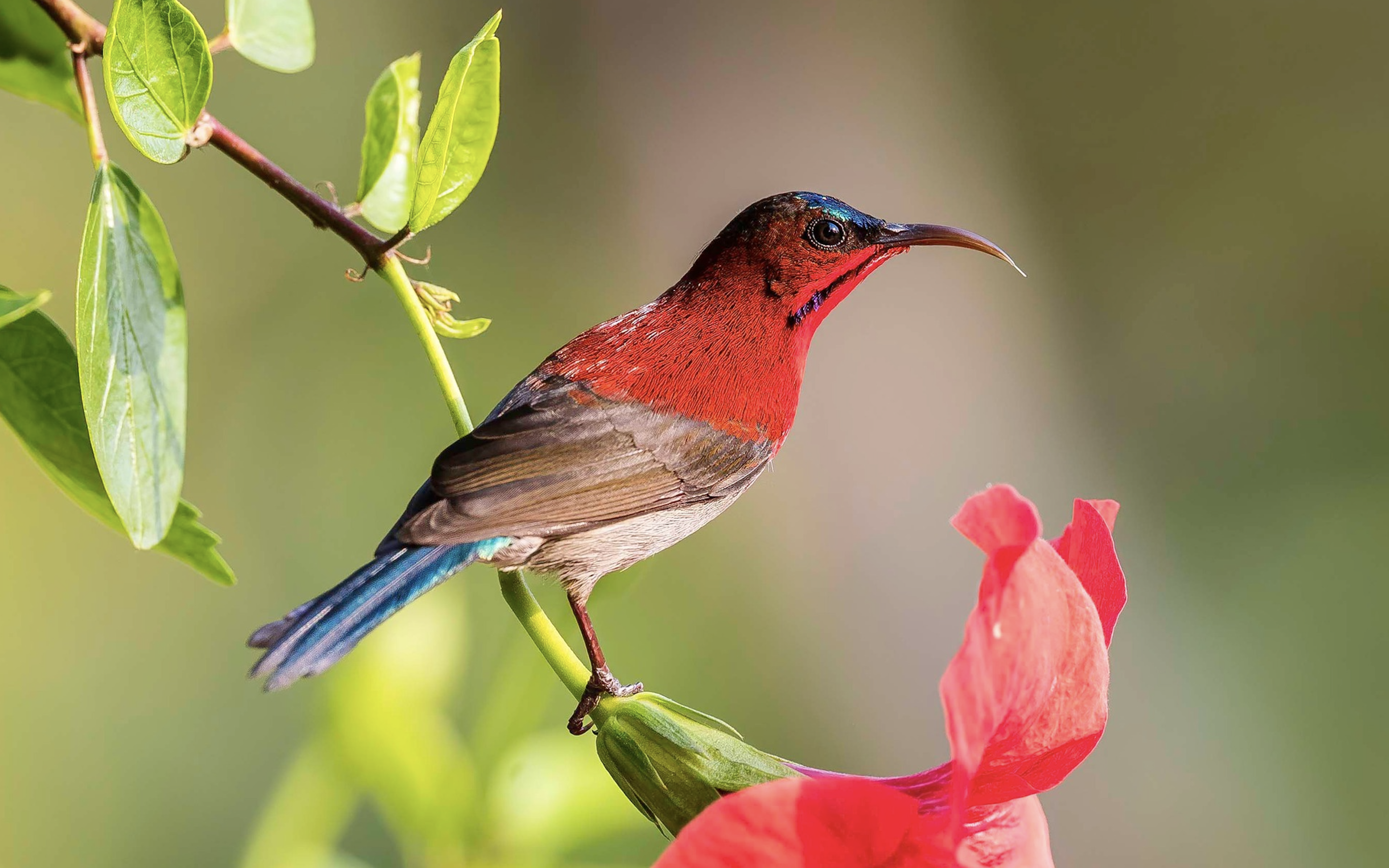












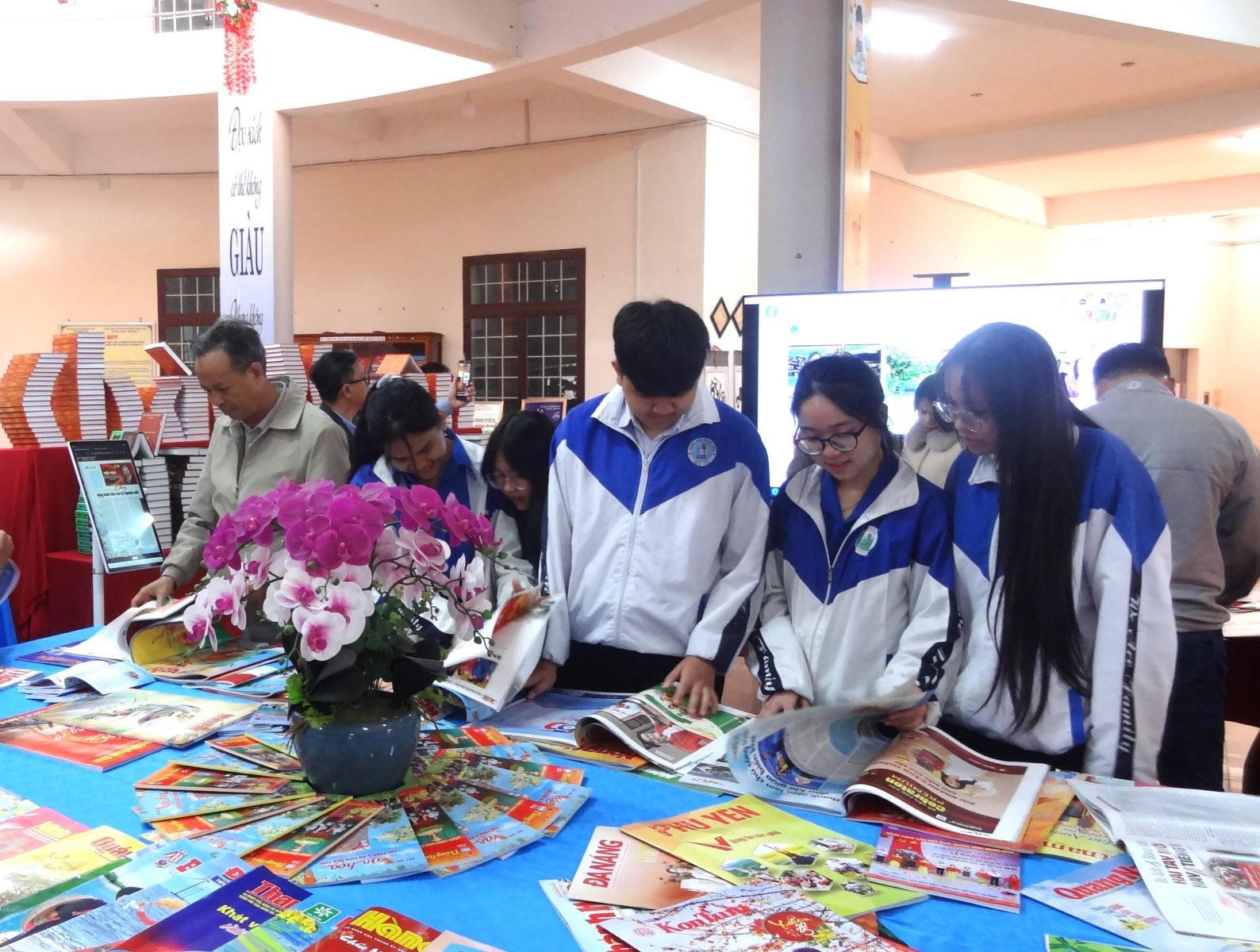

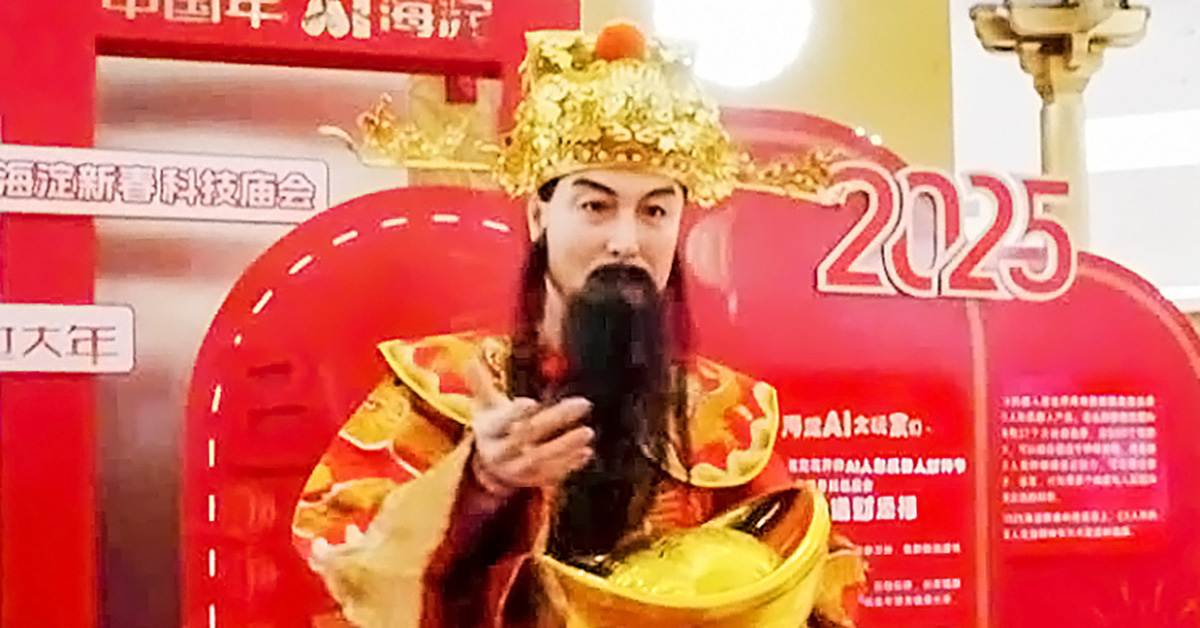

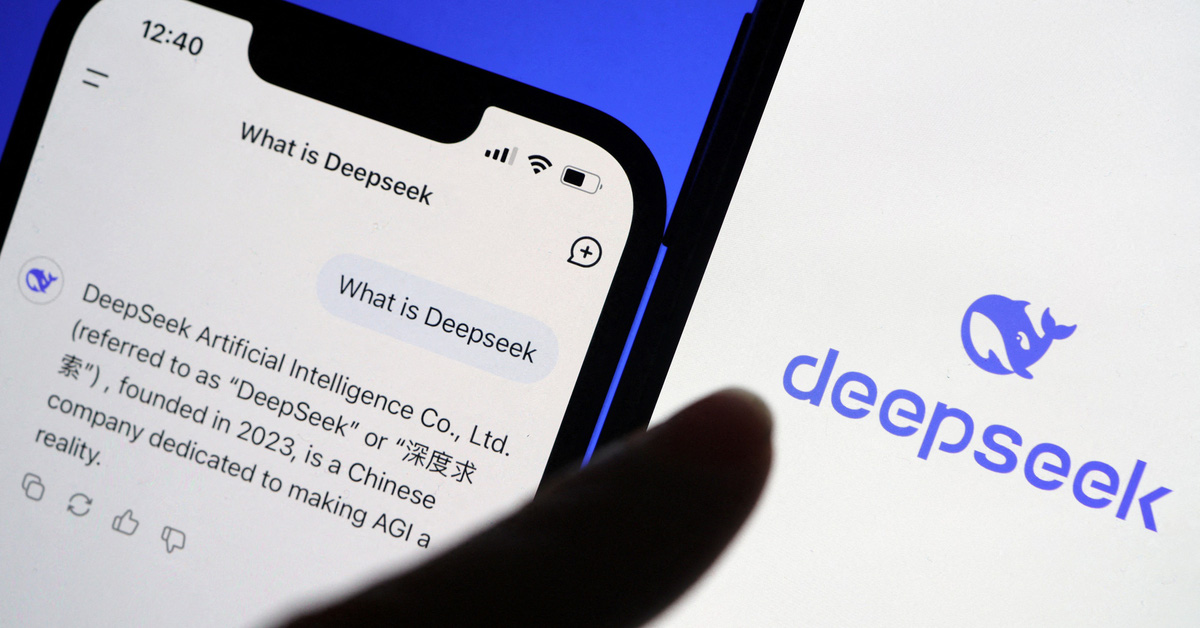
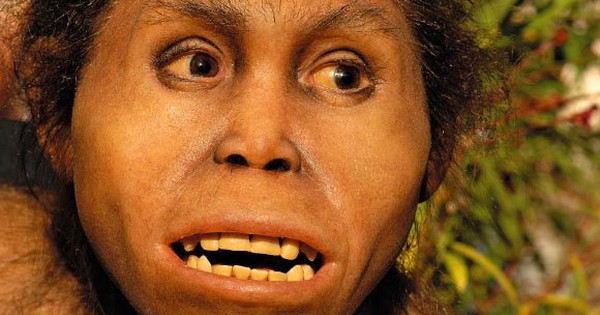

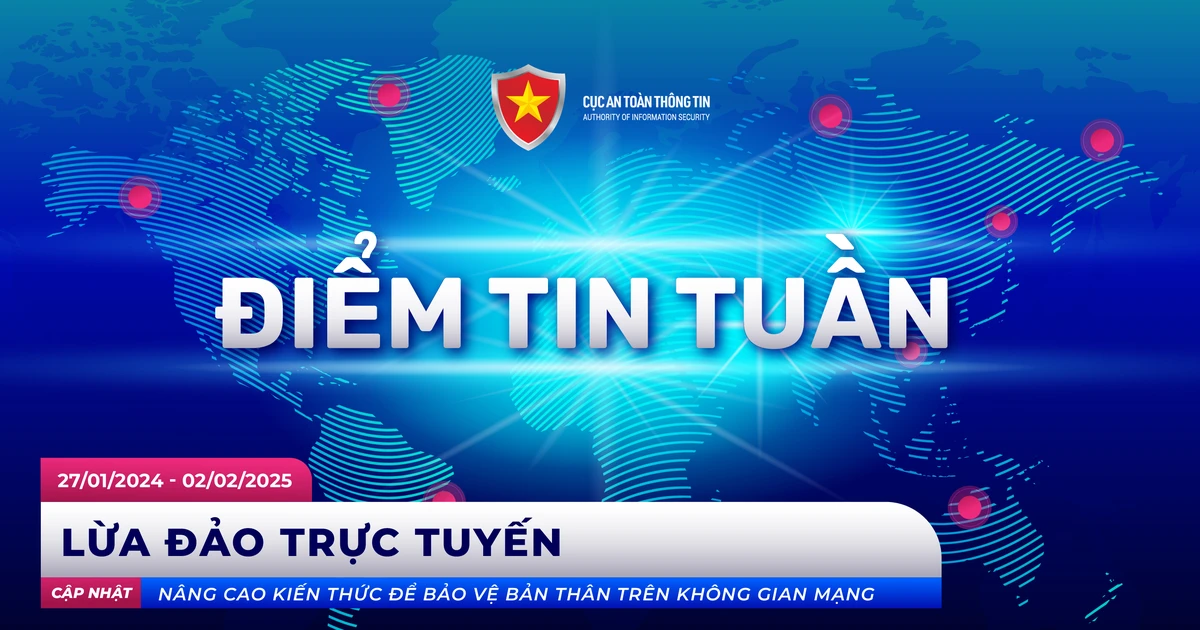
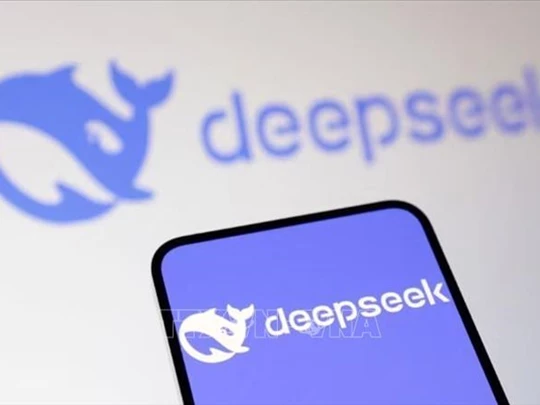




![[Video] End-line hospitals strive to receive increased emergency patients during Tet](https://vstatic.vietnam.vn/vietnam/resource/IMAGE/2025/2/5/70804fe5edd24c6db0f05f12799af421)
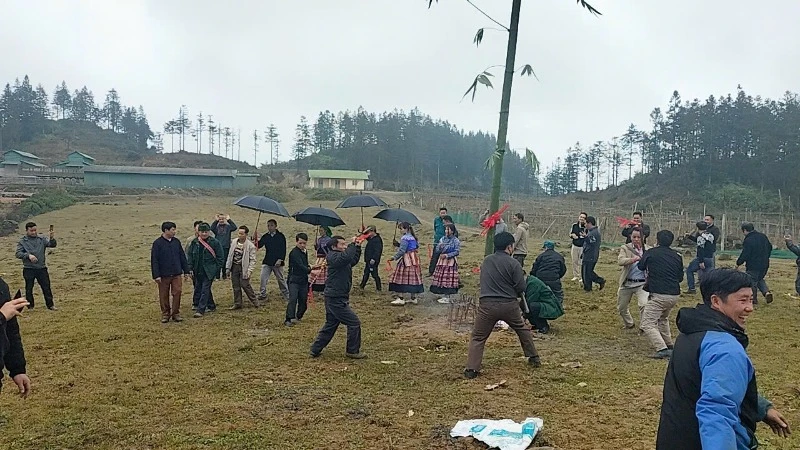
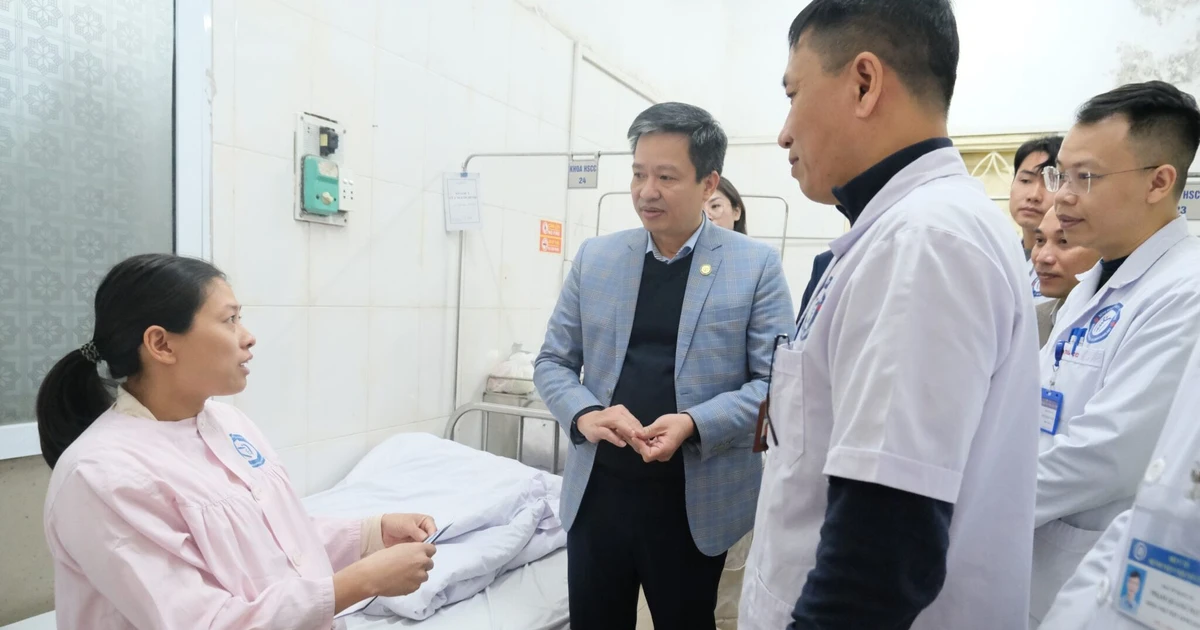
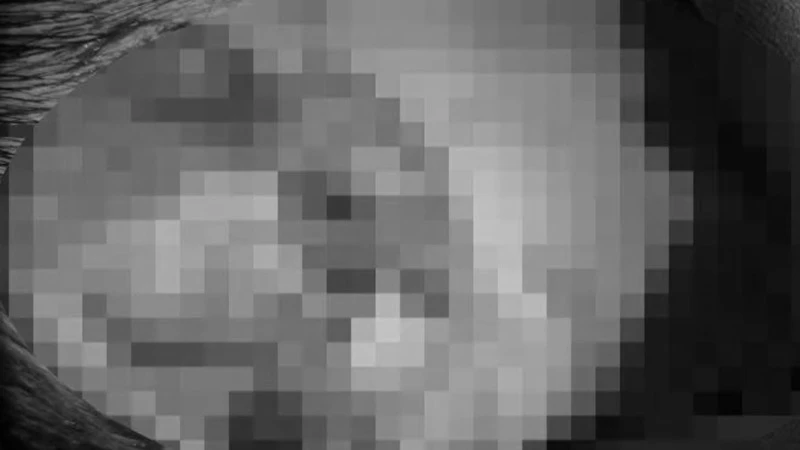
![[Photo] National Assembly Chairman Tran Thanh Man visits and works with National Assembly Committees and People's Representative Newspaper](https://vstatic.vietnam.vn/vietnam/resource/IMAGE/2025/2/5/2f7532ee3d094f488f4da7a860ef04ed)

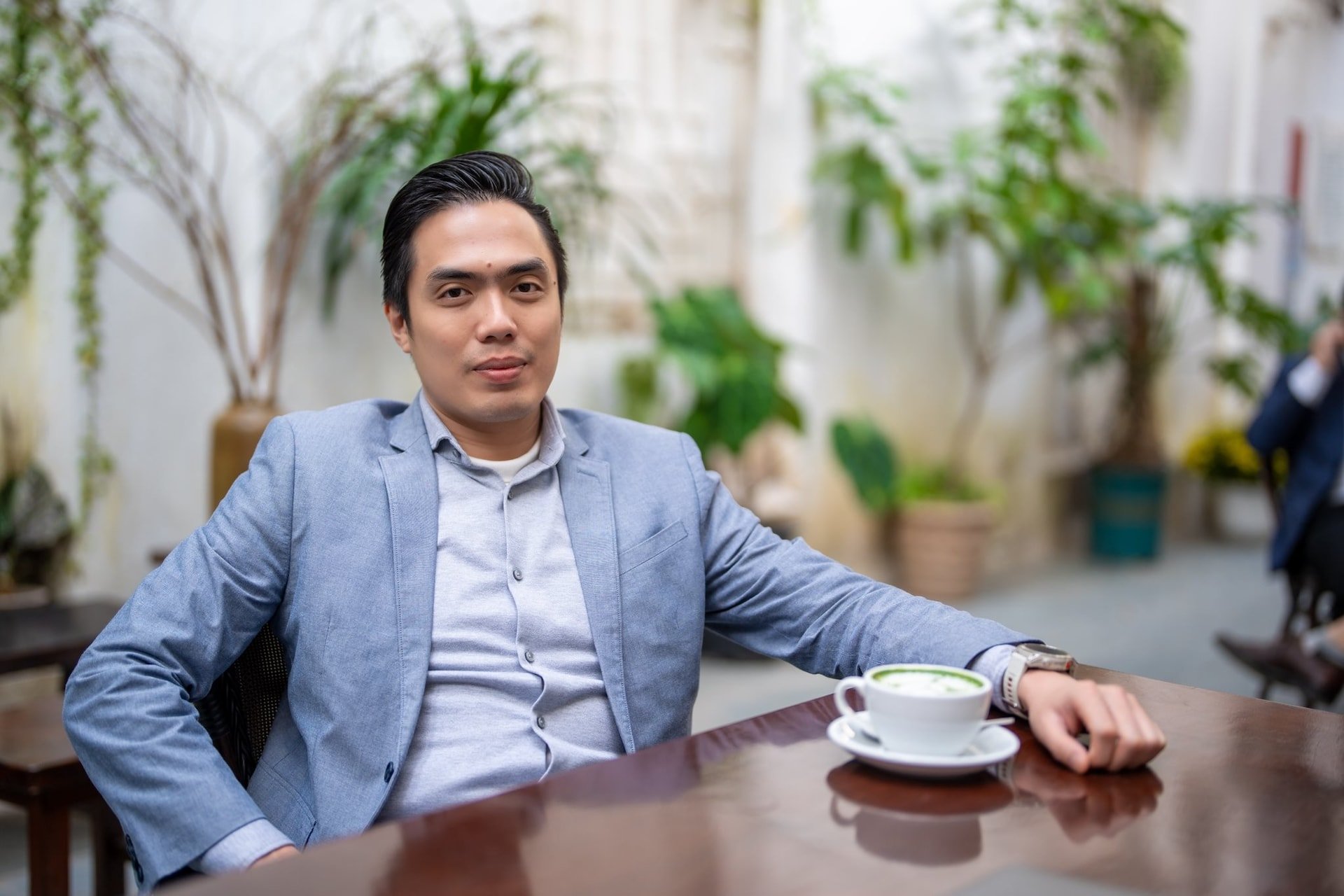

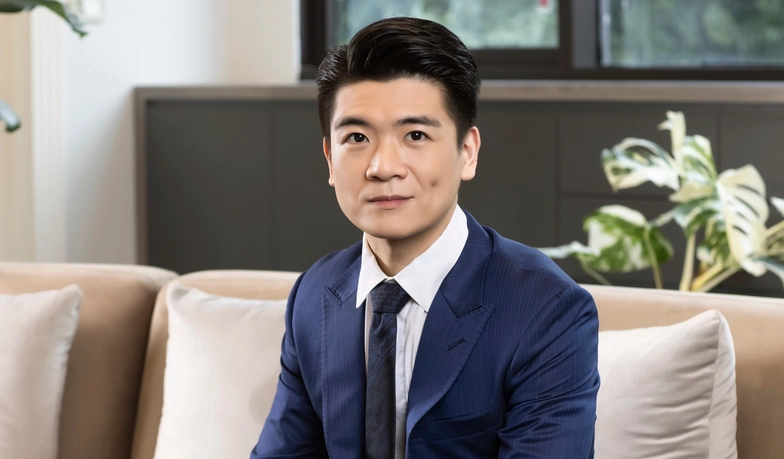

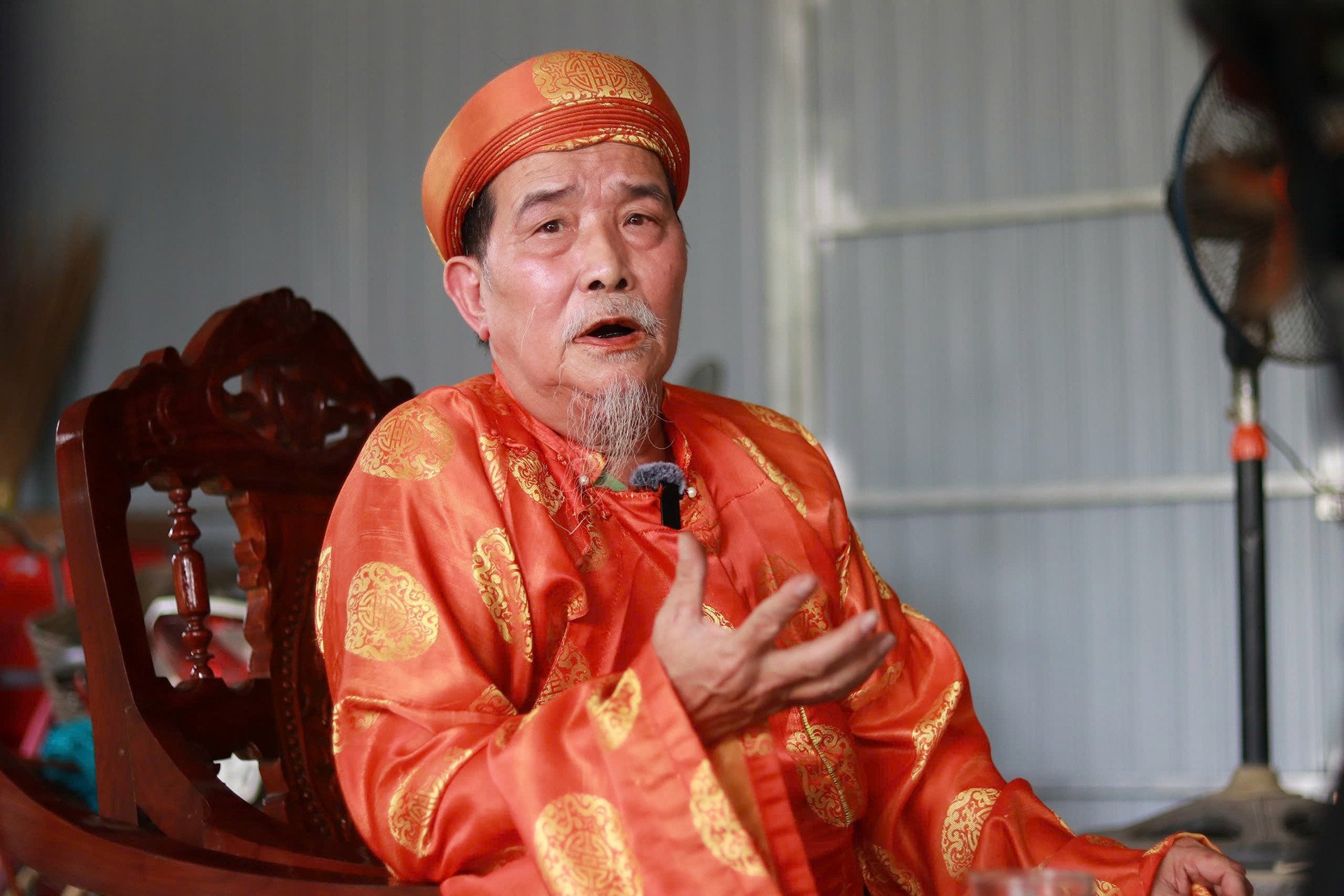

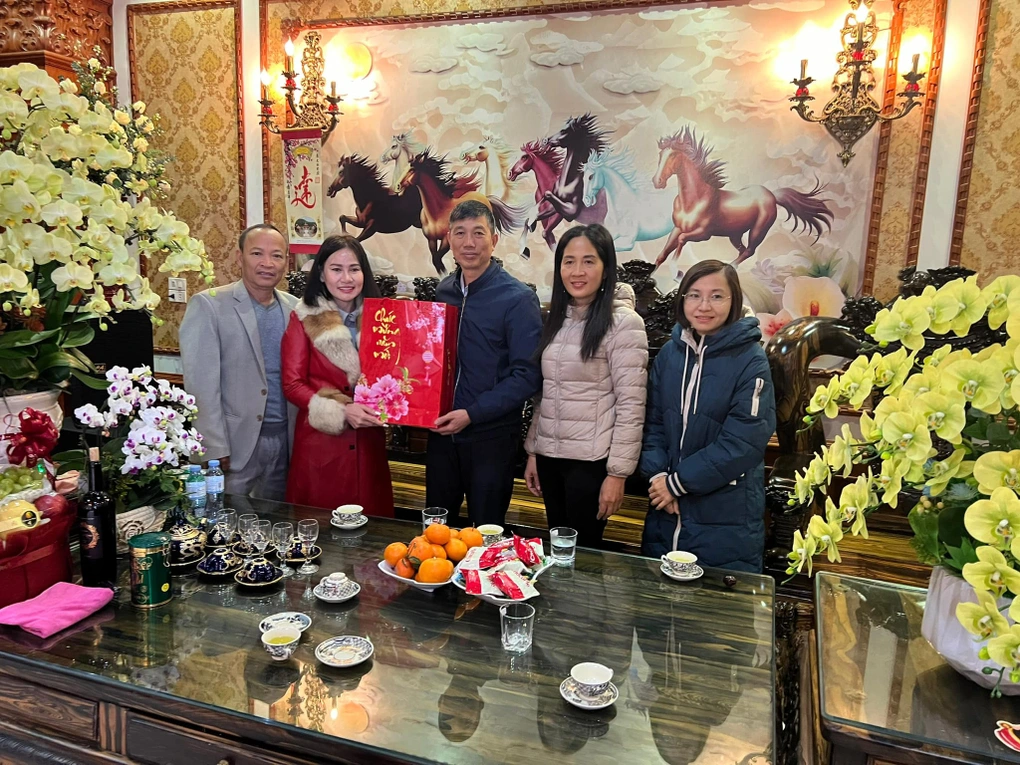

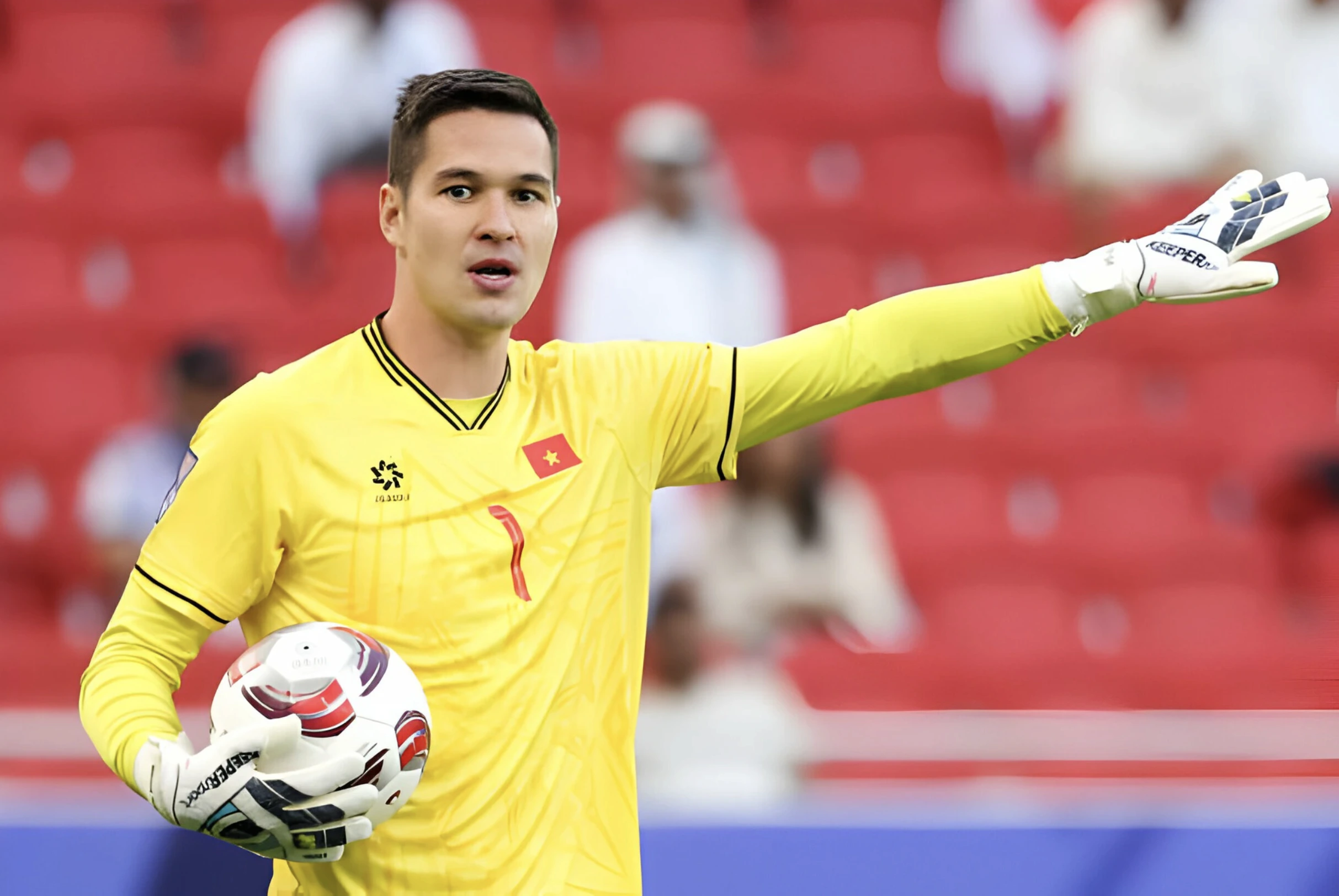

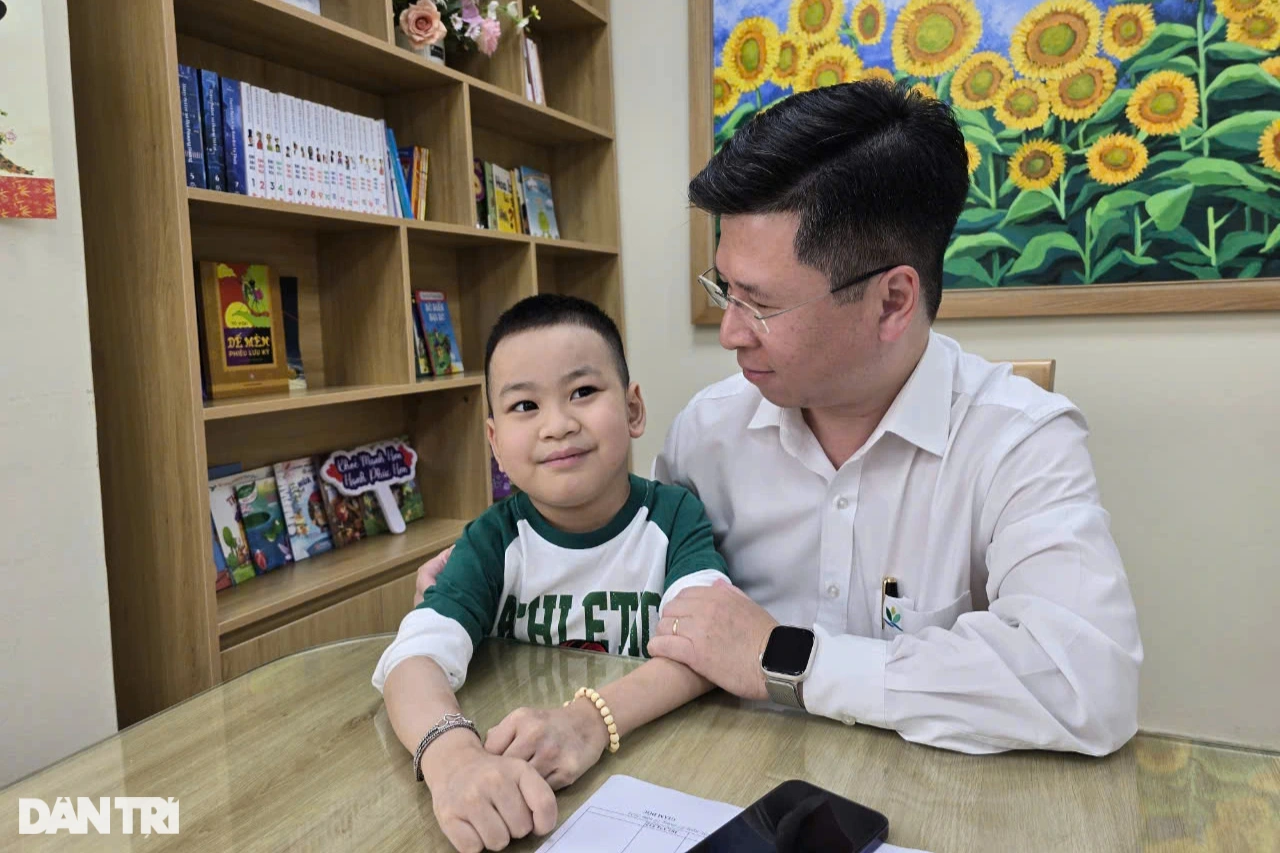




Comment (0)